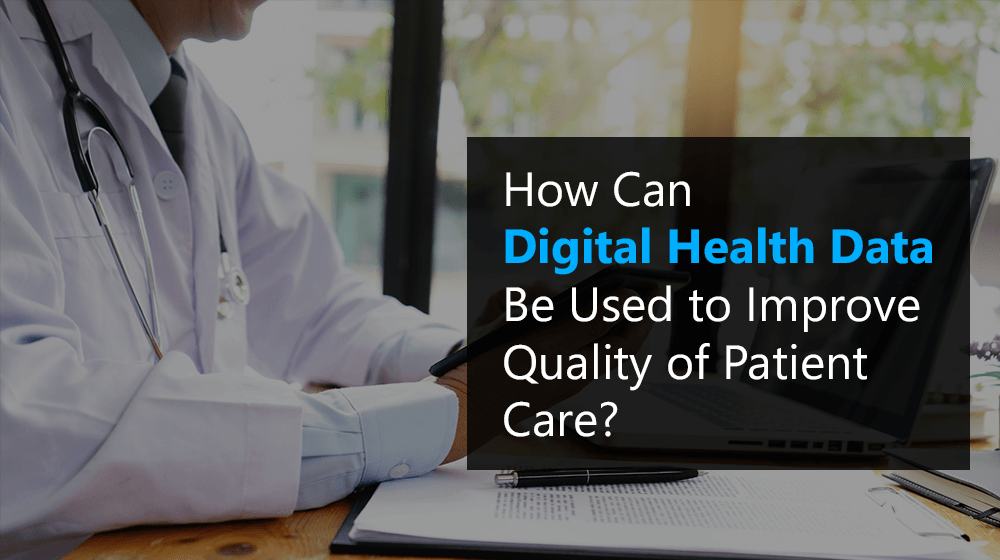Forming Recovery Roadmap
Every patient has a story and seeks an empathetic listener during treatment. But do we have enough doctors? Sadly, in the case of the US, the answer is no. Findings by the AAMC (Association of American Medical Colleges) reveal that the country might face a shortage of up to 86,000 physicians by 2036.
There’s another issue: the health workers currently serving are also underpaid, overworked, and on the verge of burnout. This calls for an effective communication strategy that is less burdensome for doctors and helps improve patient-doctor communication. Transcription services are of great help when formulating such a strategy. Wondering how? This blog has all the answers.
Transcription For Improved Communication
Patient-doctor communication is a lot more than how doctors interact with their patients. It’s also about the empathic approach, information sharing between both parties, and most importantly, an environment where doctors can solely focus on listening to their patients, without getting into other daunting tasks. Here’s how medical transcription services can help:
From Medical Jargon to Understandable Terms
The medical world is complex and so are the terms used. Patients who don’t understand complicated terms fail to communicate effectively and miss critical details, especially when seeing a new doctor. On the other hand, doctors also face issues with limited patient records. Transcription can help both parties. Patients can get a well-documented medical record and doctors can use the same for better diagnosis and treatment.
Patient’s Digital Diary and Accessible Records
Overworked doctors and other healthcare professionals can communicate better with accessible and well-synchronized patient data. Transcription does the same, offering a precise document in front of doctors, who don’t have to begin a conversation from scratch. Also, patients who have their transcripts get to know their medical journey better and easily get their doubts resolved. The transcripts can be placed in a digital library with all the accurate security measures, allowing more room for better understanding.
Aligning Multidisciplinary Communication
A patient’s journey is not confined to single patient-doctor communication. It also includes communication with nurses, transfer of cases from a general practitioner to a specialist, and interaction with lab staff and chemists. In this multidisciplinary communication, transcription keeps every party on the same page. No important information is missed and the patient doesn’t have to face conflicts or repetitive tests that often arise due to miscommunication. This is also cost-effective because patients get a clear picture of their treatment journey and know what they have paid at every step.
Enhancing Patient Care Continuity
Transcription not only enhances doctor-patient communication but also contributes to patient care continuity. Here’s how it works:
Building a Continuous Narrative
In the case of chronic diseases, patients communicate with different healthcare professionals, get referred to various hospitals, and have a longer medical history. Accurate transcripts of this journey form a continuous narrative tracing the beginning of the disease, an initial course of treatment, ups and downs, and ongoing treatment effects. These detailed records also capture the changing symptoms and help professionals be more responsive.
The Bridge Over Care Gaps
Transitions in care, like moving from a hospital to home care or switching between doctors, often lead to missing information. Transcriptions help close these gaps by ensuring all important details move with the patient. This keeps everyone informed, reduces errors, and ensures smooth and continuous care. In case the patient moves to an entirely new location, they still have a well-recorded medical history, helping doctors understand the case.
Forming Recovery Roadmap
Transcriptions serve as a guide for a patient’s recovery. They record what happened during a visit and outline the next steps. This clear documentation helps doctors and patients plan follow-ups, adjust treatments, and track progress. With a clear plan in place, patients feel more confident knowing each step is recorded and every future move is well-planned.
The Road Ahead
With AI integration, medical transcripts become smarter and more insightful. AI tools analyze transcripts to highlight important patterns, flag critical health markers, and suggest personalized treatment plans. This saves time for doctors and ensures accurate, consistent communication. By combining AI with transcription, healthcare professionals can offer a more proactive and personalized care approach, improving patient outcomes.
Final Thoughts
Medical transcription plays an Important role in improving patient-doctor communication and maintaining seamless care continuity. It converts complex medical jargon into clear, understandable language and creates easily accessible digital records, facilitating better coordination among healthcare teams. These services bridge care gaps, establish continuous health narratives, and provide a clear path for recovery, enhancing the overall healthcare experience.
With AI advancements in transcription, there is even greater potential for personalized and efficient patient care in the future. If you need accurate and affordable transcription services tailored to your needs, ANT Datagain is here to help.
















